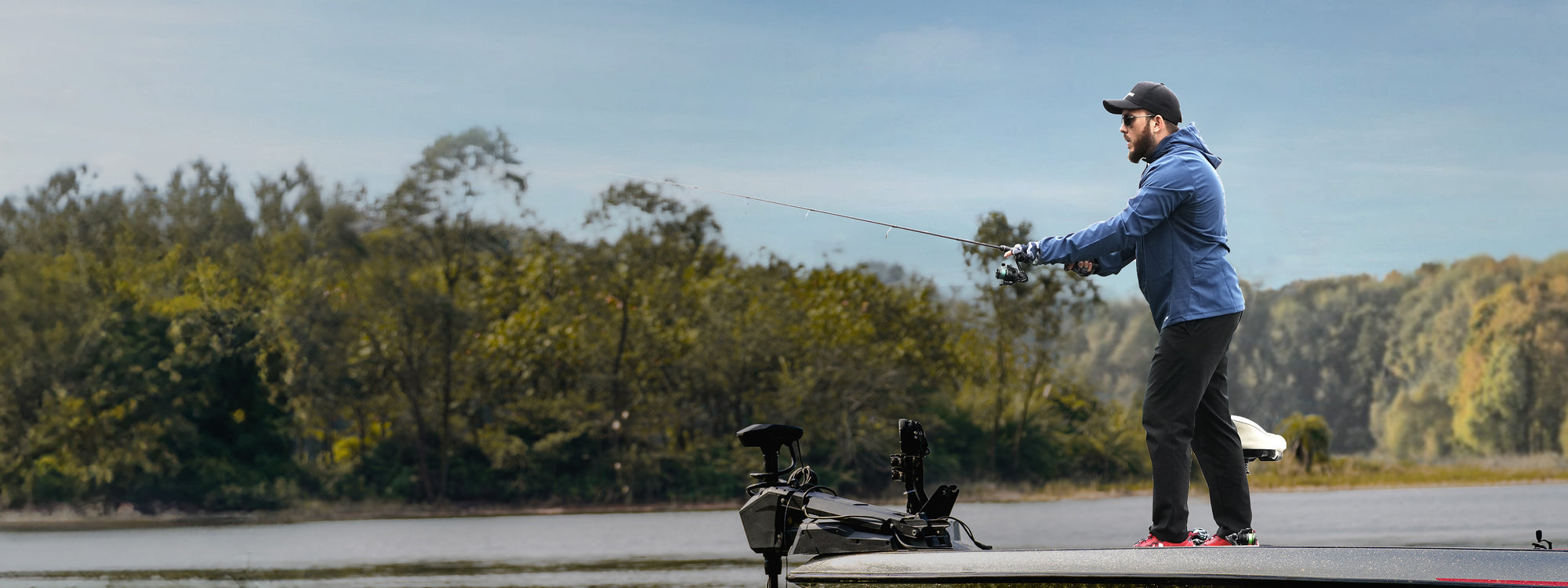Unlock the Secrets: Discover the Ultimate Bass Fishing Rods You Can't Resist!
Choosing the right bass fishing rod is crucial for any angler looking to enhance their fishing experience. A well-suited rod can significantly improve your chances of landing that coveted trophy bass, while the wrong choice can lead to frustration and missed opportunities. With a plethora of options available, from varying lengths to different actions and powers, it can be overwhelming to select the perfect rod for your needs. This article aims to guide you through the essential aspects of bass fishing rods, helping you make informed decisions that align with your fishing style and preferences.

Understanding Bass Fishing Rods
Bass fishing rods are specialized tools designed to aid anglers in catching bass. Their construction is tailored for performance, with several key features that influence how they handle. One of the fundamental aspects is rod length; longer rods can cast farther, which is beneficial for reaching distant spots, while shorter rods provide more control and precision, particularly in tight spaces like under overhanging trees or docks. Additionally, rod action describes how much a rod bends when pressure is applied. Fast action rods bend at the tip, providing quick responsiveness, while slow action rods bend throughout, allowing for better casting accuracy. Power, on the other hand, refers to the rod's strength and ability to handle various line weights and lure sizes. Understanding these characteristics is vital for selecting the right rod for your specific fishing techniques.
Types of Bass Fishing Rods
There are several types of bass fishing rods, each designed for different techniques and scenarios. Spinning rods are popular among beginners due to their ease of use and versatility. They excel in light tackle situations, making them perfect for finesse fishing or when using smaller lures. Baitcasting rods, on the other hand, are favored by more experienced anglers. They allow for greater casting precision and control, particularly when using heavier lures or fishing in cover. Fly rods are another option, suited for those who enjoy the art of fly fishing. While less common for bass, they can be incredibly effective when targeting bass in shallow waters with surface flies. Each type of rod has its unique advantages, making it essential to consider your preferred fishing method when making a choice.
Materials Used in Bass Fishing Rods
The materials used in constructing bass fishing rods play a significant role in their overall performance. Fiberglass rods are known for their durability and flexibility, making them a solid choice for beginners who may be harder on their gear. Graphite rods, on the other hand, offer superior sensitivity and a lightweight design, allowing anglers to feel even the slightest nibble. Composite rods, which blend both materials, aim to provide a balance between sensitivity and strength. This variety in materials allows anglers to select rods that not only fit their budget but also cater to their specific fishing needs. For instance, a graphite rod might be preferred for tournament fishing, where sensitivity can make a difference, while a fiberglass rod might be ideal for casual outings.
Choosing the Right Rod for Your Needs
When it comes to choosing the right bass fishing rod, several factors come into play. First and foremost, consider your fishing style. Are you casting in open waters or navigating through thick cover? Your answer will influence the length and action of your rod. Additionally, think about the types of lures you plan to use; heavier lures will require a rod with more power. Your budget also plays a critical role; while high-end rods offer advanced features, there are plenty of affordable options that perform well for recreational anglers. Finally, personal comfort cannot be overlooked. It’s vital to hold the rod and ensure it feels good in your hands; a comfortable grip will make a significant difference during long fishing sessions. Taking the time to evaluate these elements will lead to a more satisfying fishing experience.
Maintenance and Care for Bass Fishing Rods
Maintaining your bass fishing rod is essential for ensuring its longevity and performance. After each fishing trip, it’s a good practice to rinse the rod with fresh water to remove any salt or debris, especially if fishing in brackish waters. Regularly inspect the guides and reel seat for any signs of wear or damage. Proper storage is also crucial; consider using a rod tube or a designated rod rack to protect it from accidental bends or breaks. A little care goes a long way in preserving your investment, allowing you to enjoy many successful fishing outings.
Choosing the Best Bass Fishing Rod for You
In summary, selecting the right bass fishing rod is a critical component of a successful fishing experience. By understanding the different types of rods, the materials used, and how to choose based on your unique needs, you can significantly enhance your fishing game. Remember that regular maintenance is equally important to keep your rod in top condition. As you embark on your journey to find the perfect bass fishing rod, consider your personal preferences and fishing style to make a confident purchase that will serve you well for years to come.














